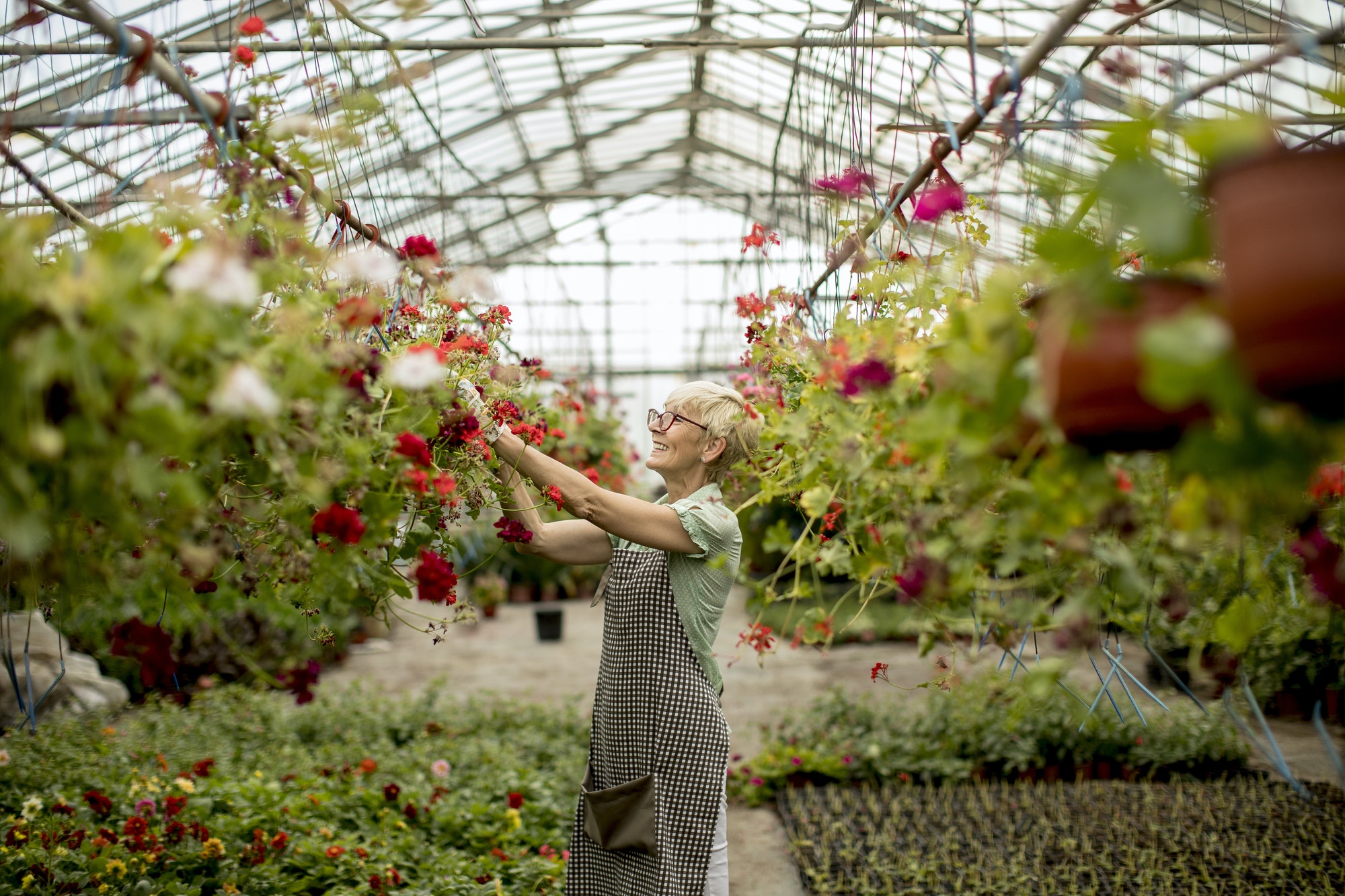Practicing gardening for aesthetics is as ancient as farming for food, although most people did not differentiate the two. In fact, small-scale subsistence farming and hoe-farming are forms of gardening, which have evolved into separate disciplines over the centuries. Potatoes, for example, are grown in Ireland by smallholders for their own consumption. Today, average people have separated the two disciplines, under the influence of the pleasure gardens of the rich.
As a stress reliever, gardening has scientifically proven benefits for our health. Studies have shown that gardening helps reduce the symptoms of anxiety and stress, which are associated with chronic stress. A study in the Journal of Health Psychology showed that gardeners reduced their stress levels more than their counterparts who read a newspaper or watched television. Furthermore, gardening reduces blood pressure and cholesterol, while fresh air increases mood. And it has been proven to help people reduce the risk of developing depression and other health problems.
Modern society has pushed gardening, mainly due to an increase in leisure time in industrialized nations. Self-sufficiency is also a popular motivation to grow food, and home-grown produce tastes better than store-bought produce. The drabness of inner cities has also encouraged many people to rediscover the peace and tranquility of their gardens. Despite the many benefits of gardening, the first step is to talk with your doctor.
The art of gardening is widely varied and requires a lot of time and energy. The process involves cultivating soil in a garden and caring for the plants that grow there. In addition to cultivating soil, gardeners also tend to grow woody plants. These plants are commonly called arboretums, and are often part of a botanical garden. All gardeners will appreciate the beauty and variety of these plants. The basic principles of gardening are the same for every part of the world, but the techniques vary.
Different aesthetics require different degrees of control over nature. The degree to which a gardener attempts to control nature will depend on the theme or objective of the garden. The English wild woodland style of gardening, for example, completely dispensed with controls after planting, as interference would have been misplaced. By contrast, the Japanese dry-landscape garden, where pebbles and rock are the only controls, requires more artistic control. They have a more refined aesthetic sense of gardening, and are a great source of inspiration for the arts.
Another great benefit of gardening is that it helps you discover new, healthy foods. By helping yourself grow the food you want, you can encourage your family to try different dishes and eat healthier foods. In addition to the physical benefits, growing your own produce is an excellent exercise. And the fresh produce from your own garden is worth the effort. But if you are short on space or don’t want to get dirty, you can always join a community garden instead.
When choosing the right plants for your garden, make sure you know your climate. If you live in a cool zone, the best plants to grow in your area will not survive. You can even find out about your zone through a USDA hardiness zone map by ZIP code. For example, if you live in a warm climate, you can buy plants that are suited to the nearby warmer zones. In such a way, you can avoid the need for a hose or a sprinkler and plant flowers that will bloom in the summer and blossom in the fall.

